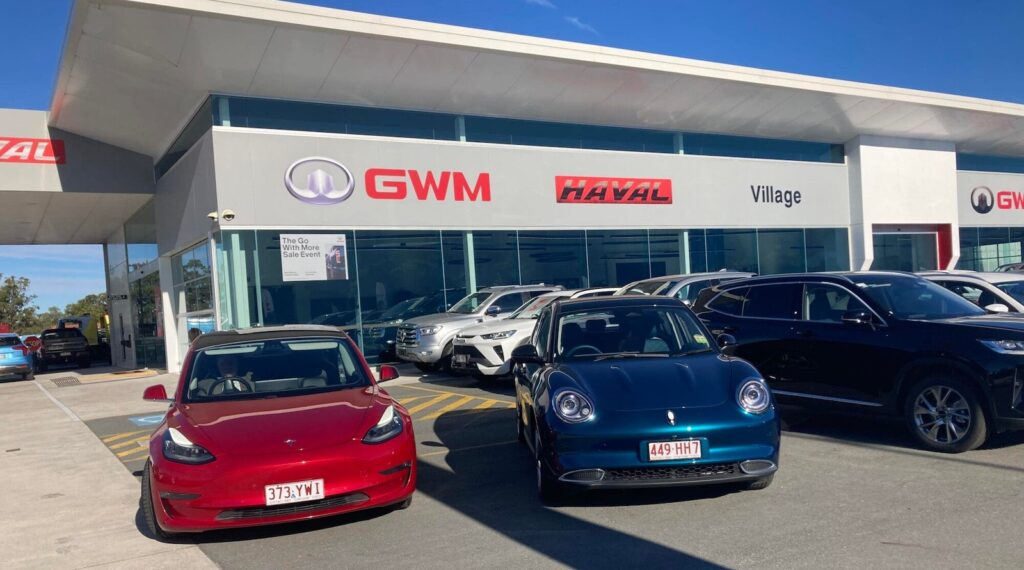
Sign up for daily news updates from CleanTechnica on email. Or follow us on Google News!
Last Updated on: 23rd February 2025, 01:13 am
Like it or not, auto dealerships are a vital part of the distribution network for both new and used cars. At the moment, they are being squeezed by the adoption of electric vehicles requiring less servicing and a price war in Australia. Can they survive? Should they survive? And what might that look like?
Although patchy, I have seen improvements in the EV buying experience over the past two years. The salesperson allocated to talk to me about the new — insert number, letter, weird name — electric car is no longer the least experienced salesperson (and is sometimes surprisingly knowledgeable). There is talk of the needs of the motorist and a wide selection of choices.
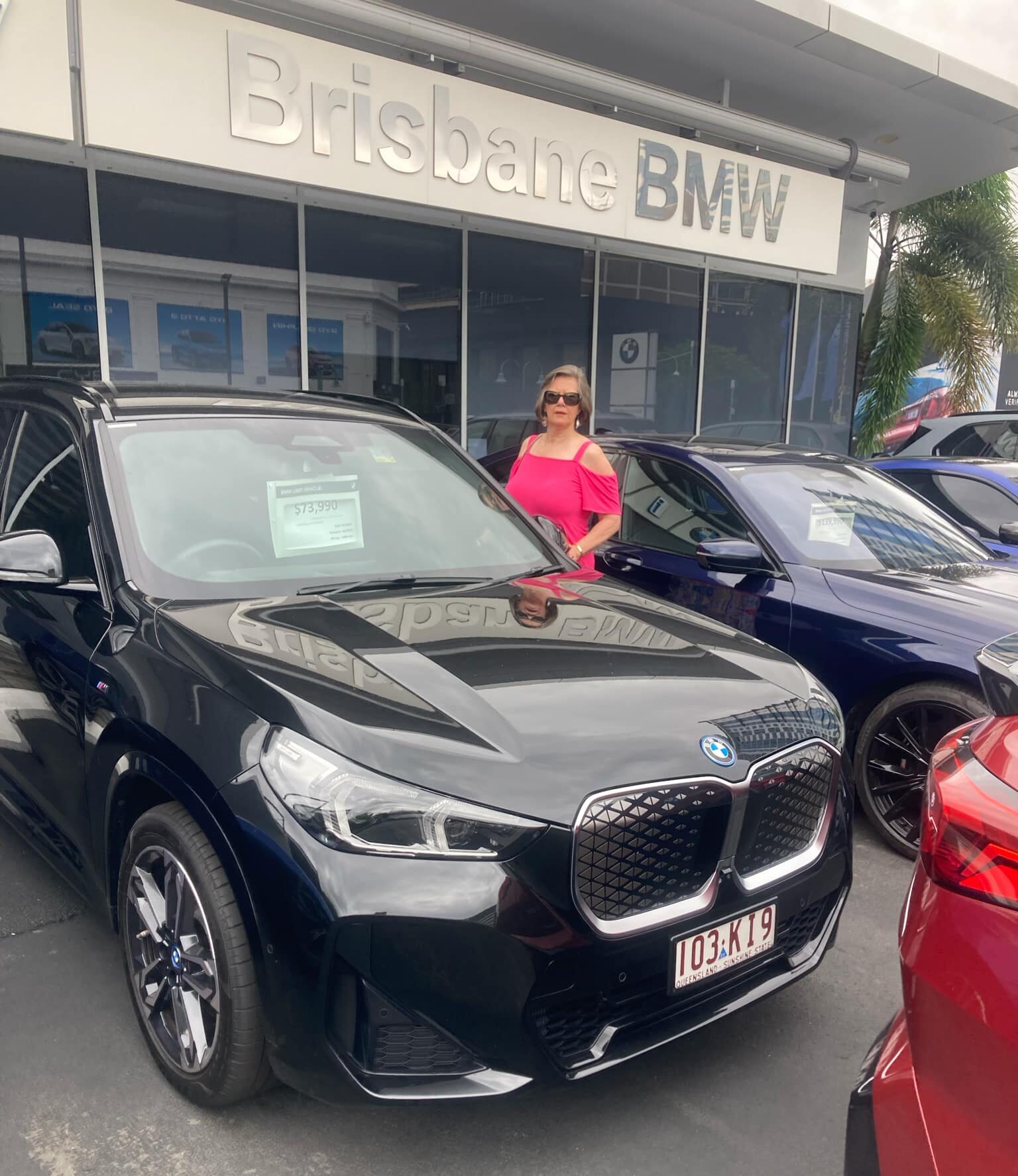
What is still a constant is the expressed need to bring the car back for servicing. For new brands that are still building a loyal customer base, this should give the purchaser peace of mind. We don’t want the wheels to fall off, do we? When we first checked out the Tesla Model S way back in 2014, we were offered a service contract (it was quite expensive). When we finally took the plunge and bought the Model 3 in 2019, we were told: “the car will tell you when you need anything done.” And it did and a mobile technician showed up in our driveway, or the issue was fixed over the air via a software update.
It’s quite a different story with legacy brands whose dealers have sunk millions into workshops and are willing to sell a new car relatively cheaply knowing that a car with an internal combustion engine (ICE) has to come back regularly for servicing. Sometimes those services are quite expensive. Need a new timing belt, madam? One of my friends who is a mechanic for a legacy brand told me that he was working on repairing an 8-speed gearbox for an ICE customer. “I’d rather be working on an electric car, but very little seems to go wrong.”
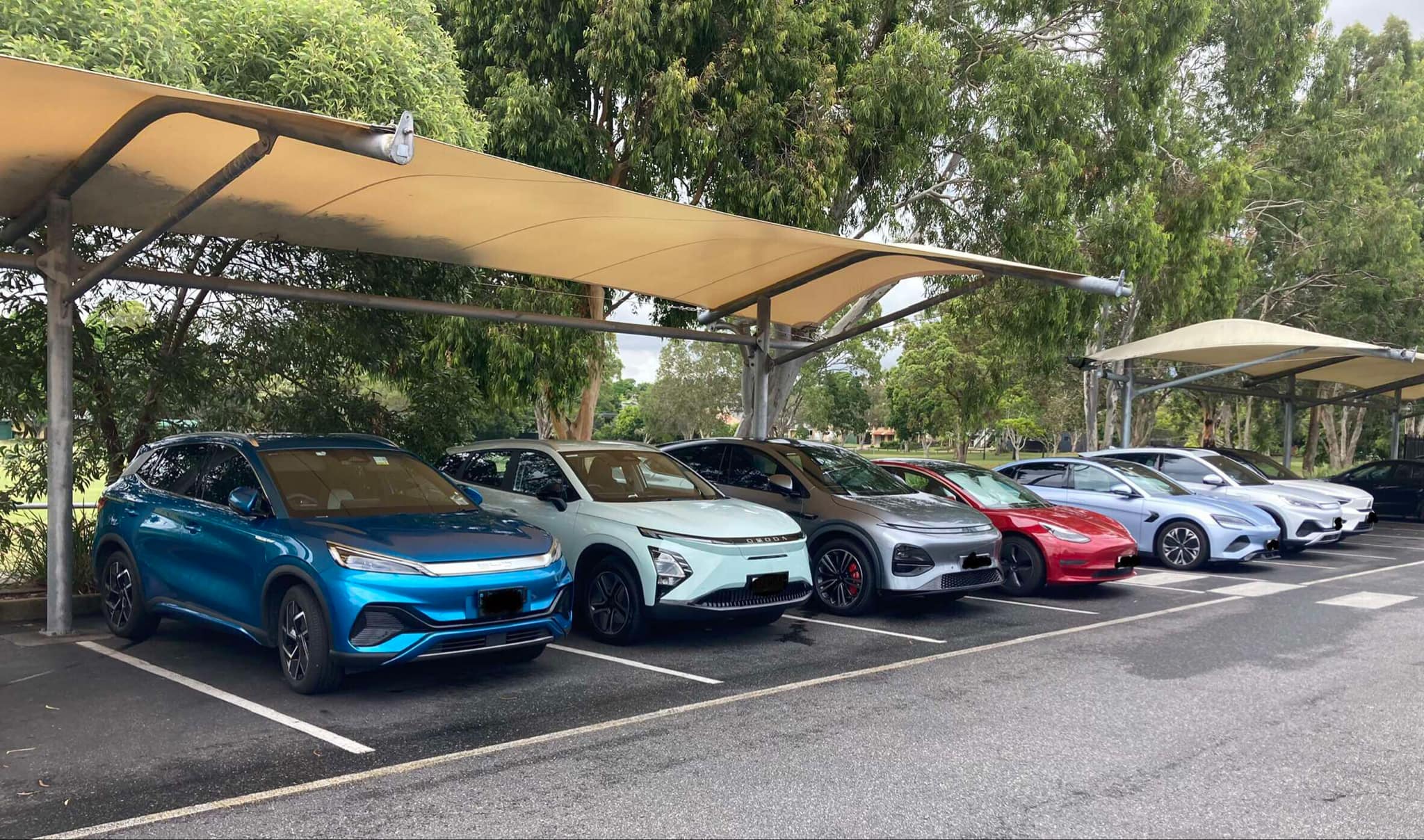
Why are some dealer principals reluctant to encourage their salespeople to promote EVs? Is it just inertia? Another of my correspondents has encouraged me to follow the money.
“The things we do know are as follows:
- An ICE dealer’s available pool of gross is $9000 per customer. An EV customer pool of gross is about $5000 (assuming they are trading an ICE not an EV).
- Customer retention will be lower and cost of reacquisition will be higher for EV customers because we do not have the dependency of service to keep the customer connected to the dealership. Good or bad, dealers sell 30 to 50 per cent of their cars each month to customers in their service driveway. Customers are lazy and/or loyal and as long as you are easy to do business with you reacquire the same brand customer. EVs are trying to create this for their sector, but have a more ‘new fridge’ acquisition profile without a built-in service retention model.
- With, at most, two per cent net profit on sales (NPS) dealerships profits depend on parts and servicing. This backbone makes 100 per cent of the dealership’s profit.”
He also pointed out that large OEM dealerships are being squeezed by smaller, cheaper servicing chains that operate under “Right to Repair” laws. “Right-To-Repair laws give third party repairers access to diagnostic and specialist tools with technical information to complete any repairs needed (OEMs must provide appropriate access in Australia). This undermines the dealer’s ability to be the only repair point to undertake the correct diagnosis of any vehicle issues. However, warranty repair work needs to be done by the dealer (typically this work gives a lower margin to dealerships on work undertaken as there is no profit in parts used and the fixed amount of time OEMs give dealership to undertake a warranty claim),” he tells me.
“Given new Chinese brands entering Australia are using partnerships like MyCar and Ultratune then this accelerates knowledge transfer as staff move between repairers. I suspect that large chain repairers might become the winners over time when the ‘new major’ things like tyres need replacement, and maybe the consumer will win with the OEMs providing longer warranty periods. The informed owner is more likely to use 3rd party repairers for standard services to lower costs and only visit the dealerships when warranty work is required.”
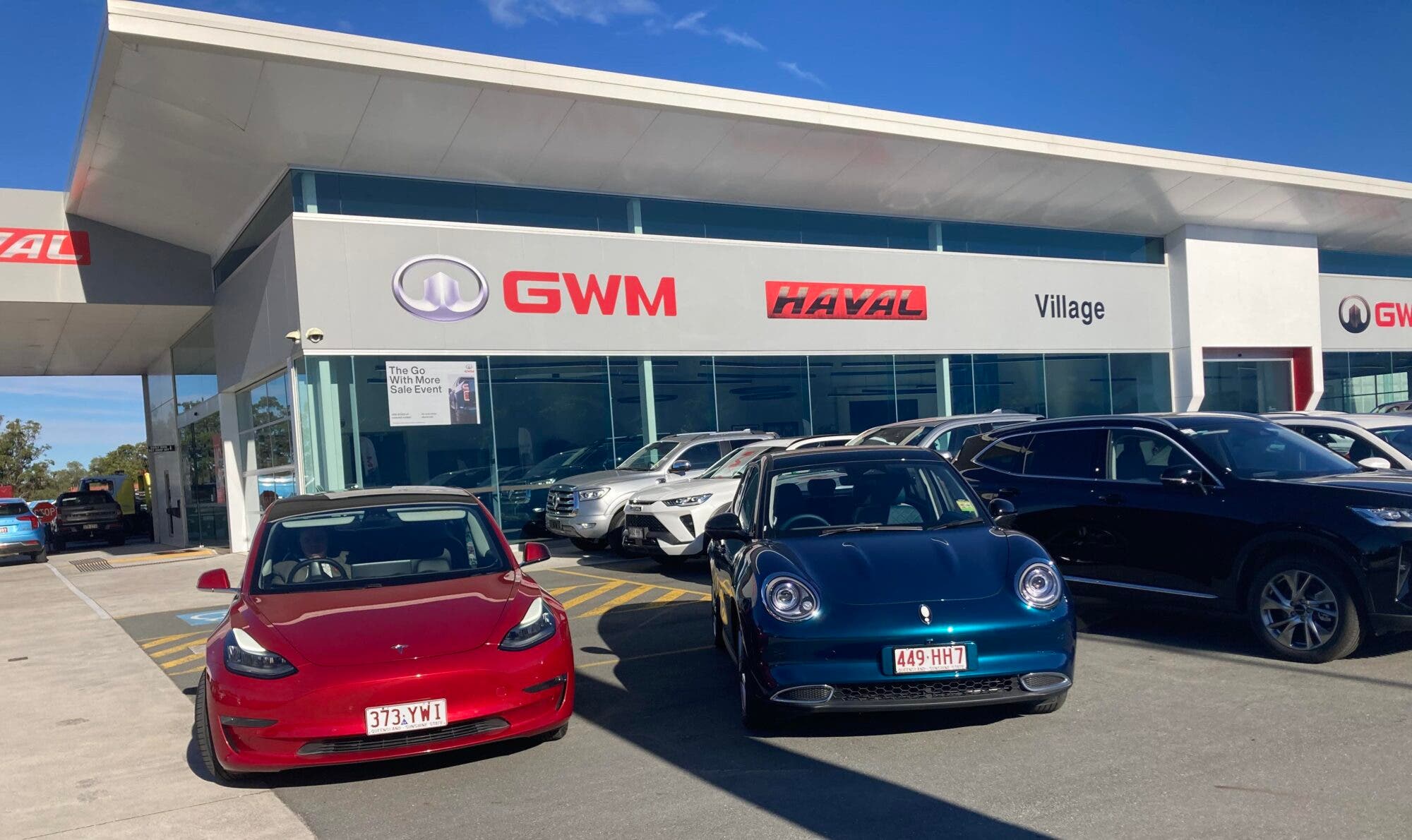
Australia’s federal labour government has introduced efficiency rules for new vehicles. These are mandated to come into effect on July 1st. As is to be expected, the lobby groups are suggesting that this will lead to higher costs to purchase a new, more efficient car (they are focussing on ICE — EVs are actually going down in price). They are neglecting to mention that these cars will use less petrol, and so the consumer will be ahead in the long run — the focus is on the sticker price. And getting money out of the government!
However, a legitimate concern is expressed for the small business franchisee, particularly in rural areas. “The Motor Trades Association of Australia (MTAA), said small business franchisees were particularly vulnerable and many were at risk of losing their franchise because of changes such as the new vehicle efficiency standard (NVES), and the shift to agency models for dealerships. It said that the power imbalance between offshore car manufacturers and local dealerships was worsening, leaving small businesses vulnerable.
“… if a car company is unable to transition to low-emission vehicles but continues to demand that dealers invest millions, only to later inform them that they can no longer deliver competitive vehicles to Australia, it leaves dealers caught in the middle,” MTAA CEO Matt Hobbs said. “Dealers often don’t know what future products will look like until it’s too late to make informed investment decisions.”
I am not sure which car companies Mr Hobbs is pointing the finger at. Certainly, the Chinese brands are finding established dealerships to carry their new brands. Polestar can piggyback on Volvo, Geely has teamed up with Village Motors, and BYD with Eagers. I suspect that some European brands in Australia may be the ones facing the greatest headwinds.
For a detailed look at the auto industry’s servicing model, I suggest to check out this article. It contains a detailed analysis of dealership costs and how technician time can be optimized to achieve the best profit. My thoughts are: as EVs become the norm, there may be job losses in this sector, as technicians have less and less to do.
One of our readers made this comment recently: “Australia has become ground zero of the global automotive battle. It is a small market (1.2 million vehicles sales per year) but broad (full-sized pickups down to city cars) and it has the most even playing field around so it is that it now gets Chinese, European, Japanese, and US brands. It is great to have market perspectives from there. To my mind, it is the place where you can watch the canaries in the coal mine of global auto and see who is thriving and who is getting ready to fall over.”
Well said, and these thoughts can be applied to the dealership model as well.
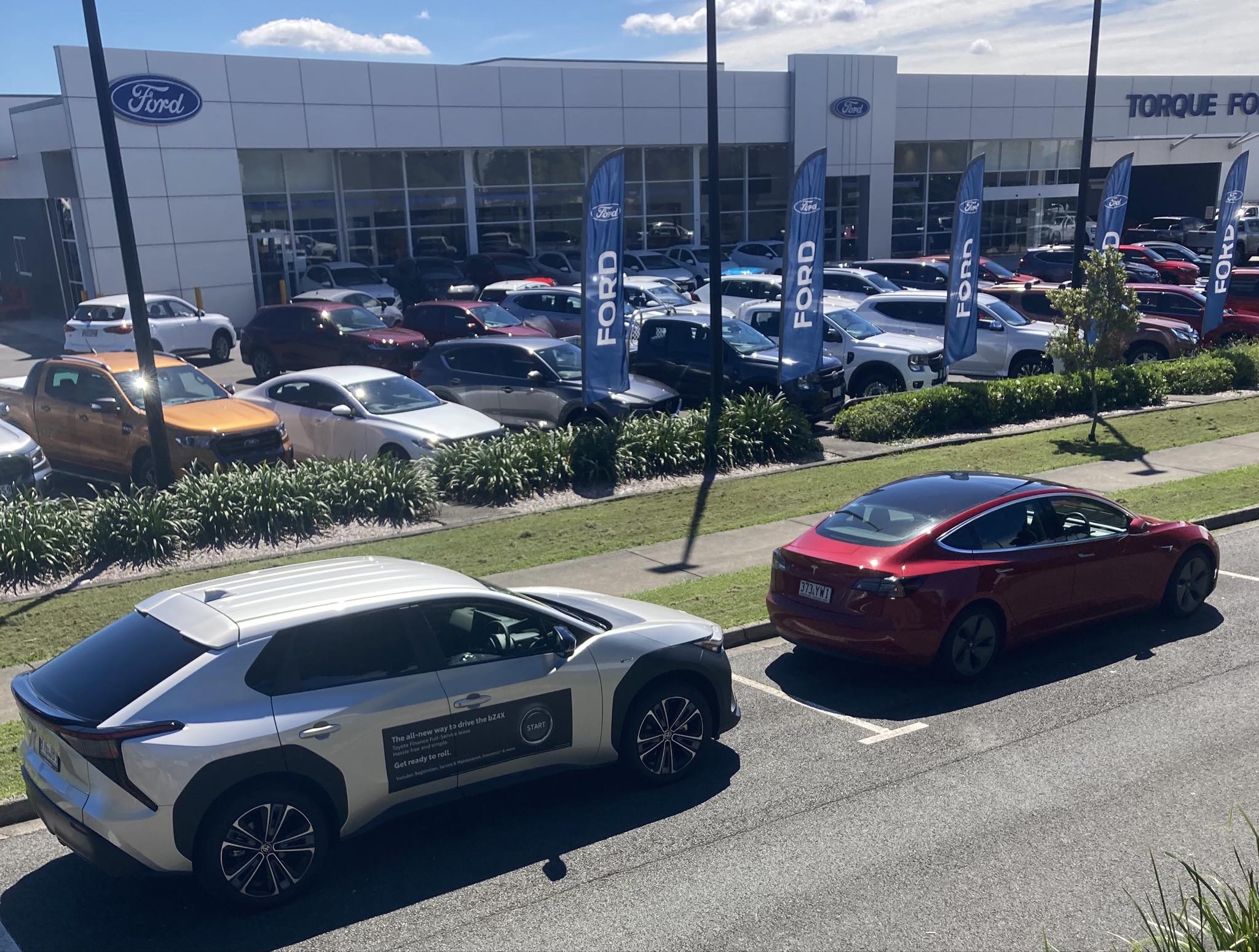
What can dealers do to stay in business? Continue the service model? But if some cars don’t require it, what then? Is it cheap insurance for the owner — provides peace of mind? But what if consumer confidence grows to the point where they don’t need it? In any case, it is a shrinking income earner. Can the dealer make more profit from new car sales? But we are in the middle of a price war — BYD has dropped the price of a Dolphin below AU$30,000. Forward thinking dealerships will be watching the EV competition and considering their options.
I put these questions out to a few of the Australian Facebook EV groups and got a massive response. So, I guess I’ll have to write another article. Please share your thoughts below and maybe you could be in it. In the meantime, the future looks bright and electric for the consumer, not so sure about dealerships.
Chip in a few dollars a month to help support independent cleantech coverage that helps to accelerate the cleantech revolution!
Have a tip for CleanTechnica? Want to advertise? Want to suggest a guest for our CleanTech Talk podcast? Contact us here.
Sign up for our daily newsletter for 15 new cleantech stories a day. Or sign up for our weekly one if daily is too frequent.
CleanTechnica uses affiliate links. See our policy here.
CleanTechnica’s Comment Policy

